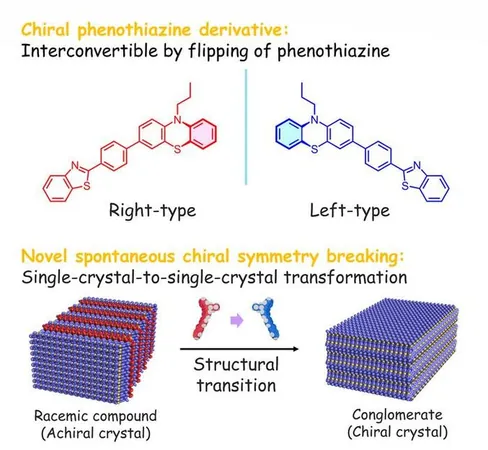
Pulsed Field Ablation vs. Radiofrequency: The Results Are In!
2025-08-31
Author: Arjun
Does Pulsed Field Ablation Outshine Radiofrequency in Treating Atrial Fibrillation?
In a significant breakthrough in the treatment of drug-resistant atrial fibrillation (AF), recent findings from the highly anticipated BEAT-PAROX-AF trial revealed that pulsed field ablation (PFA) is not superior to the established radiofrequency ablation (RFA). While both techniques yielded impressive results, they delivered a surprising twist in the battle for supremacy in AF treatment.
A Closer Look at the Trial's Implications
Conducted across nine prestigious centers in Europe — including France, Germany, Czechia, Austria, and Belgium — the trial primarily aimed to determine the effectiveness of PFA compared to RFA after a 12-month period. The results came out almost neck-and-neck, with a success rate of 77.2% for PFA versus 77.6% for RFA. This means both approaches performed remarkably well, leaving many doctors and patients with a choice driven more by individual circumstances than definitive superiority.
Why PFA Is Still Worth Noticing
Despite the comparable efficacy, this trial highlighted a few standout features of pulsed field ablation: a notably shorter procedure time and an enhanced safety profile. While PFA took an average of just 56 minutes to complete, RFA required about 95 minutes—an impressive time-saving that could mean less stress for patients.
Safety First: A Deep Dive into Complications
When it comes to risks associated with these procedures, PFA showed promise with fewer complications overall. Serious procedure-related events were less frequent in patients undergoing PFA, with only 3.4% facing adverse issues compared to 7.6% in the RFA group. While both methods displayed excellent safety profiles, PFA emerged slightly ahead, marking a significant consideration for those at risk.
Atrial Fibrillation: A Major Health Concern
Atrial fibrillation continues to be the most common sustained cardiac arrhythmia, often requiring catheter ablation for those who do not respond to antiarrhythmic drugs. The findings from this trial are critical as they guide both patients and healthcare professionals towards informed decisions regarding treatment options.
Conclusion: The Future of AF Treatment?
In conclusion, while pulsed field ablation may not outpace radiofrequency in terms of effectiveness, its faster procedure time and improved safety margins make it an appealing option. According to Principal Investigator Professor Pierre Jaïs, both techniques offer promising outcomes, encouraging informed discussions among patients considering ablative therapies.
As we continue to evolve in the realm of cardiac health, these findings add a valuable layer to our understanding of treatment options available for paroxysmal atrial fibrillation, paving the way for more personalized patient care.





 Brasil (PT)
Brasil (PT)
 Canada (EN)
Canada (EN)
 Chile (ES)
Chile (ES)
 Česko (CS)
Česko (CS)
 대한민국 (KO)
대한민국 (KO)
 España (ES)
España (ES)
 France (FR)
France (FR)
 Hong Kong (EN)
Hong Kong (EN)
 Italia (IT)
Italia (IT)
 日本 (JA)
日本 (JA)
 Magyarország (HU)
Magyarország (HU)
 Norge (NO)
Norge (NO)
 Polska (PL)
Polska (PL)
 Schweiz (DE)
Schweiz (DE)
 Singapore (EN)
Singapore (EN)
 Sverige (SV)
Sverige (SV)
 Suomi (FI)
Suomi (FI)
 Türkiye (TR)
Türkiye (TR)
 الإمارات العربية المتحدة (AR)
الإمارات العربية المتحدة (AR)